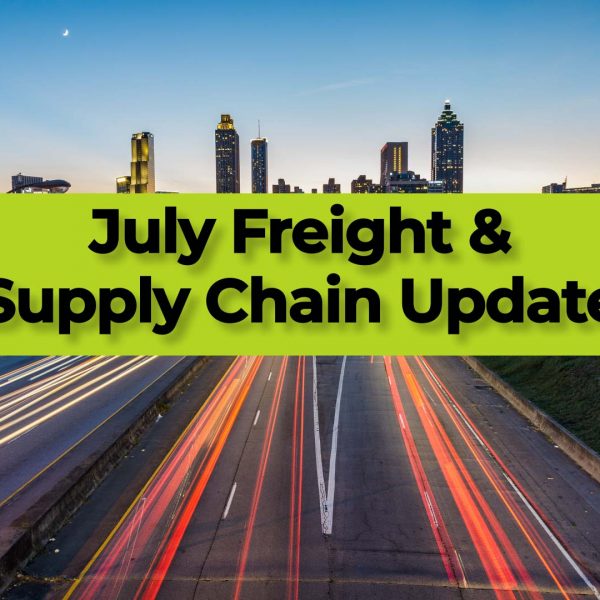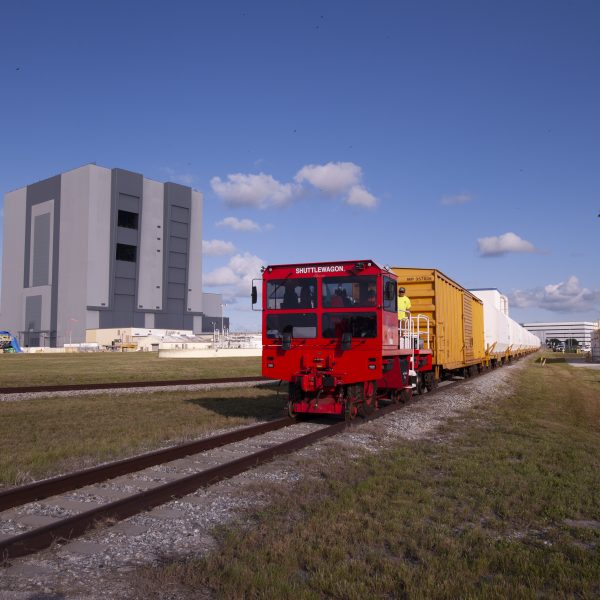Peak season is constantly talked about in the logistics and retail worlds. Peak season is the ramp up of inventory needed to successfully keep products in stock through the winter holidays.
For shippers peak season can represent a frustrating time as rates rise dramatically and service levels experience delays.
Here are a few tips for shippers to best deal with peak season:
Order and Book Early
This is the most basic tip in the list, but also the one that will save you every time. When you are planning shipments and working with product suppliers make sure to proactively order your products so that the factory you are working with will have them ready for shipment well ahead of when you actually need them shipped. This ensures that even if there is a manufacturing delay your products will be ready at least by the shipment cutoff date.
The same goes with your transportation providers, let them know ahead of time estimated volume and the dates at which your products will be ready to ship. Over the last several years it has become increasingly important to book your freight as early as possible, we recommend booking any shipments 7 days before the desired shipment date, this will ensure you have a place on the truck, train, ship or plane you will be shipping on.
Keep in mind that international shipments AT LATEST need to be booked and planned by early October to ensure that your shipment arrives on time.
Prices will be up
Late summer and fall have the highest shipment volumes of the year, this is also when adverse winter weather events start to hit supply chains so prices will be higher and more volatile than other times of the year.
Proper advanced planning can help to hedge pricing trends if you ship commonly on certain lanes. Contract pricing is a potential option if you ship regular volume on lanes and can help to alleviate spiking spot rates. However as we’ve seen in 2019 contract rates aren’t always lower as the market softened significantly in the second and third quarters of this year with many contract holders wanting to renegotiate with carriers for spot rate pricing.
Fulfillment charges often carry additional peak season fees in addition to the rates simply being higher. If you negotiate yearly with the major LTL or parcel carriers waving this fee can be part of the negotiation when they push to increase your rates year over year.
Diversify Modes and Routing
Consider building relationships and spreading volume across multiple service providers and modes of transportation. The common split with international peak season shipping is the balance of ocean freight vs air freight. This can be a delicate balance as preloading all your inventory via cheaper ocean freight carriers can result in higher overall cost due to warehousing charges. Obviously shipping everything at the last minute by air will result in significant costs and does not guarantee inventory will be delivered on time.
Intermodal is an important tool as well to balance the increased peak season FTL trucking rates. For many importers intermodal is used to move freight from the east or west coast ports further inland, if you have substantial volume consider transloading your international containers into domestic containers before shipping via intermodal. This will save you money and allow you to mix and match inventory for different geographic locations. Intermodal vs trucking gives intermodal the clear advantage with price and capacity.
Splitting your shipments during peak season on several carriers and several modes will result in a more reliable network and if a delay happens, not all your inventory is stuck in one spot.
Embrace Technology
Technology can make peak season much easier! Embrace the latest in TMS systems, digital providers and tracking systems. Encourage any carrier you work with to provide digital communication and a tracking interface. This will help you prepare well in advance for any delay and if needed enact a contingency plan.
TMS systems make shipping via multiple modes and carriers much easier as all the information is in one place that is centrally accessed. Any shipper moving more than a few shipments should strongly consider a TMS system to help coordinate your freight movements.
The last thing you want to be doing is frantically emailing and phone calling multiple carriers asking for tracking updates and delivery times.
We hope these tips have been useful if you are navigating the expensive waters of peak season shipping, while they only scratch the surface they represent the most common mistakes we see shippers making with their peak season freight.
Zmodal is a digital intermodal provider and is perfectly positioned to help you trial adding intermodal into your shipment mix. We provide the latest in digital communication with an easy to use dashboard to manage all your shipments as well as automatic tracking updates and around the clock support. Particularly for small and medium sized businesses Zmodal is the easiest way to access the intermodal network.
Stay tuned for more blogs and updates from Zmodal. If you would like us to help optimize your supply chain with the latest technology let us know.



